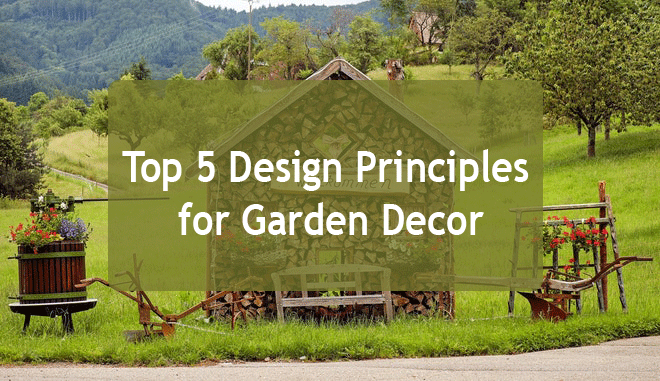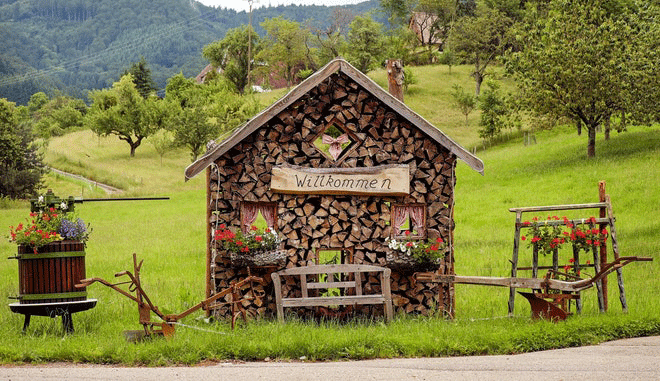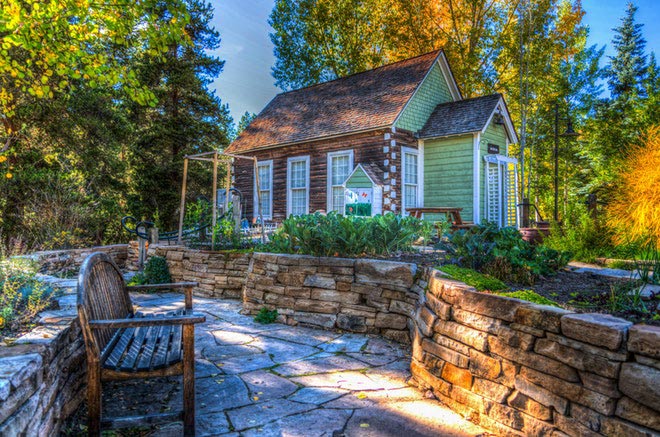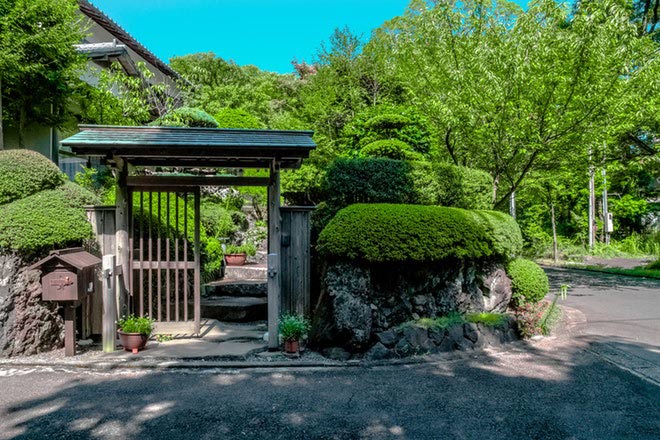
Designing a garden is no easy job. It is an intricate and complicated task that has to be done with much planning and care. After all, a garden is a place where a lot of activities take place from social gatherings to late Sunday afternoon siestas.
So, when designing a garden, it is essential to stick to certain principles to make the garden look appealing and at the same time be functional as well.
The following are the top 5 principles that one should follow while decorating a garden:
1. Proportion
Proportion is one of the most fundamental principles of any landscape design, let alone gardens. It is essential for different objects to be of a size that is proportionate to each other. Otherwise, things start looking out of place and ugly.
After all, you can place a life-sized replica of an obelisk at a garden that measures 600 square feet. Not only would the replica dominate every other feature of the garden, but it would also look unappealing and a bit comical as well. The same rule applies to the smaller objects as well; you just cannot create a substantial shelf to hold flower pots and fill them with small flower pots.
All of this is very basic, yes, but sometimes it is the basics that people tend to forget. As long as you keep every detail of your garden in a proportionate ratio, you are most likely to have a beautiful garden.
2. Don’t go overboard with plants
Going overboard with plants is a mistake that a lot of people do. Plants are beautiful beings, yes. But filling your garden with as many varieties of plants as you can is not at all a good idea. For a garden to be pleasing to the eye, there must be repetition. Variety may be a good thing, but only when it’s limited. Repetition of plants makes the garden more aesthetic and organized.
Garden designs are essential of two types – formal and natural. Formal designs go for a look where the plants are repeated in even numbers or blocks, while natural ones go for a more disorganized look. Formal designs are usually easy to come up with, but the natural ones are far trickier. It is quite possible to get carried away while choosing plants for natural gardens; the urge to use exotic and rare plants is always there. But these plants do not come cheap and people usually just end up buying one or two that is something of a taboo in garden decorating. Single plants must only be used when they are the focal point, and not when they are just to be a small part of the landscape.
Another important thing to remember while planting is not to overplant. Plants tend to grow, and they should be allowed enough room to grow and fill out. Otherwise, you would have to spend extra to cut them every few months.
3. Use the concept of regulating lines
Before you read about the need for using regulating lines, you have to understand what they are. The basic idea behind this concept is that an object or any other element that is a part of the architectural design can create imaginary lines. These lines can be extended and connected to create an organized design.
The features from which these lines are drawn from can be anything from a door to swimming pools to a large window, etc. While creating the design, the designer can project these lines to further, thus resulting in a design where the elements of the garden go hand in hand with the surrounding architecture. Not only does this make the garden look more pleasing to the eye, but it also helps in the easy organization of the garden elements. These lines can be further tweaked according to the imagination of the designer to make a more creative garden design.
4. Unity
Perhaps the most important principle to be adhered to is the principle of Unity. Unity here means repetition and consistency. Unity is created with the help of repetition. When certain elements such as different plants, colors, etc. are repeated throughout the garden, unity is born. Consistency also helps create unity; this is possible with the theory that the whole is equal to the sum of all the parts. For the garden to look well designed as a well, it is vital for the different elements to be consistent. Elements like height, color schemes, textures, etc. need to be maintained the same way throughout the whole design.
The best way to bring unity to your decor is by using themes. When you work with themes, you automatically create elements that follow a certain pattern, this eliminates the risk of disunity. Also, themed gardens are always way cooler than the ones without any theme. Consider building a wide walkway if you do not have one in your garden. It will help you make a visual map of your garden. If themes are not possible, unity should be prevalent in at least one of the many different elements.
5. Color
Color is what makes your garden look pleasing to the eye. Without a splash of color, all the other elements of the garden such as symmetry, themes, etc. do not get noticed at all, this is because colors grab attention instantly. Bright and vivid colors such as yellows, reds, and oranges, etc. can make objects look like they are much closer to you, while more timid colors such as blues, greens, etc. can make objects look like they are farther away from you.
It is essential to understand this basic difference before choosing the color scheme of a garden. Otherwise, it would affect the proportion of the entire design. It is advisable to use colors such as black and gray in the background and bright colors in the foreground; this helps increase the attention that the objects in the foreground command. A mixture of timid and vivid colors can help turn a person’s attention to specific parts of the garden.
So, there you go, the above five principles are what you need to follow if you want your garden decor to stand out from the others. Happy decorating!



